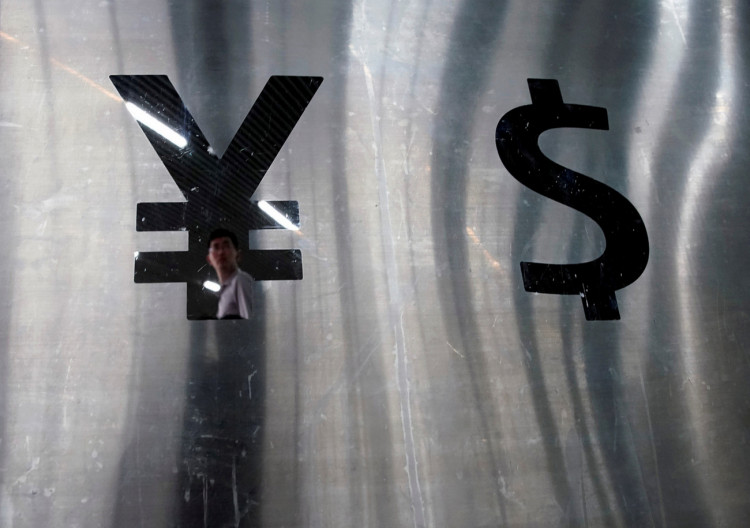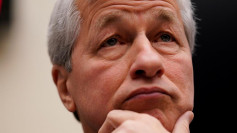The US dollar (USD) wrapped up its after-hours session just a tad higher versus most of its counterparts late Thursday, but it was the Chinese yuan (CNY) that stole the show after China's central bank fixed the currency and elevated it on a stronger position.
The People's Bank of China on Thursday set the CNY reference rate above the 7-level for the first time since 2008, at 7.0039. Analysts said there was no "shock value" from printing a 7-mark, as this happened Monday when the forex market hoisted spot CNY above the 7 and the Chinese central bank did not avert such upward move.
China deliberately allowed the yuan to slide past 7-per USD, triggering widespread worries that the US-China trade showdown was getting out of hand.
The fix was more than 100-bps firmer compared to market projections based on a recent Bloomberg survey, indicating that the PBOC was utilizing its "counter-cyclical" policy to send a message to the global currency trade that the government wants to nip the currency's devaluation. The USD, against a host of other currencies, climbed 0.09% to 97.627.
In the words of US President Donald Trump, China is a "currency manipulator', but in a way that's different to market forces. China's latest move came in retaliation to Trump's announcement that he would implement more taxes on Chinese imports to the US.
Data that showed a sharp increase in China's exports from June-July in 2018 is one of the factors that improved risk sentiment. According to TD Securities senior foreign exchange analyst Mazen Isa, Wednesday night's fixed over-7 handle and the markets in general "seem to be taking the shift fairly well, so probably some calm is needed in the market at least for the near term."
Recent figures have been moderately light, but China's imports and exports were stable than estimated last month, validating the perceived sense of calm, at least, for now. Interestingly, risk assets have recouped some of its earlier losses with the Euro Stoxx 600 index climbing 1.8% and the US S&P500 Index currently up 1.7%.
Meanwhile, trade frictions are likely to continue to encumber China's yuan, with no resolution to the Washington-Beijing conflict in sight, as increasingly negative monetary sentiment adds to worries that the global economy may fall in a turmoil instead of the other way around.





